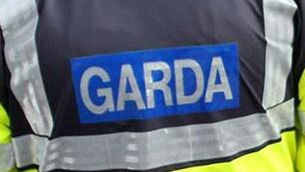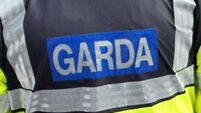THE ART OF A GOOD SALE
IN this market, it’s possible to get a bigger house, in a better location for the same price as the house you have now. The only snag is you have to sell your own, and more than likely at what would be deemed a loss.
But then, the asset value of properties given during the boom were notional, and so too is the price you probably carry round in your head as the value of your own house.













